Sound: 









Value: 









(Read about our ratings)
Measurements can be found by clicking this link.
 So much attention in the audiophile headphone biz is devoted to relatively young companies, such as Audeze, Dan Clark Audio, and HiFiMan, that we tend to overlook the three European brands -- AKG, Beyerdynamic, and Sennheiser -- that were making good headphones before the founders of the aforenamed upstarts were even born. In fact, I’ve still never spent quality time with some of the high-end models from that classic Teutonic trio. That’s why I was excited to hear Beyerdynamic was releasing third-generation versions of its T1 open-back and T5 closed-back headphones. Finally, I’d get a chance to listen to them for more than a minute. I requested samples of both, flipped a coin to see which one goes first, and here we are with the new T5 headphones ($999 USD).
So much attention in the audiophile headphone biz is devoted to relatively young companies, such as Audeze, Dan Clark Audio, and HiFiMan, that we tend to overlook the three European brands -- AKG, Beyerdynamic, and Sennheiser -- that were making good headphones before the founders of the aforenamed upstarts were even born. In fact, I’ve still never spent quality time with some of the high-end models from that classic Teutonic trio. That’s why I was excited to hear Beyerdynamic was releasing third-generation versions of its T1 open-back and T5 closed-back headphones. Finally, I’d get a chance to listen to them for more than a minute. I requested samples of both, flipped a coin to see which one goes first, and here we are with the new T5 headphones ($999 USD).
There’s nothing outwardly distinctive about the T5s; what’s different about these headphones is what’s inside. Unlike the brands mentioned above, which rely mostly or solely on planar-magnetic drivers, the T5s use old-school dynamic drivers, which can be thought of as miniature versions of conventional speaker drivers. The drivers are pushed to the front of the earcups and angled toward your ears, more like a set of speakers would be. The driver size isn’t specified, and they’re covered in fabric, but it looks like 40mm, and the middle 30mm of the drivers is covered with (and tuned by) an unusually thick layer of damping material.
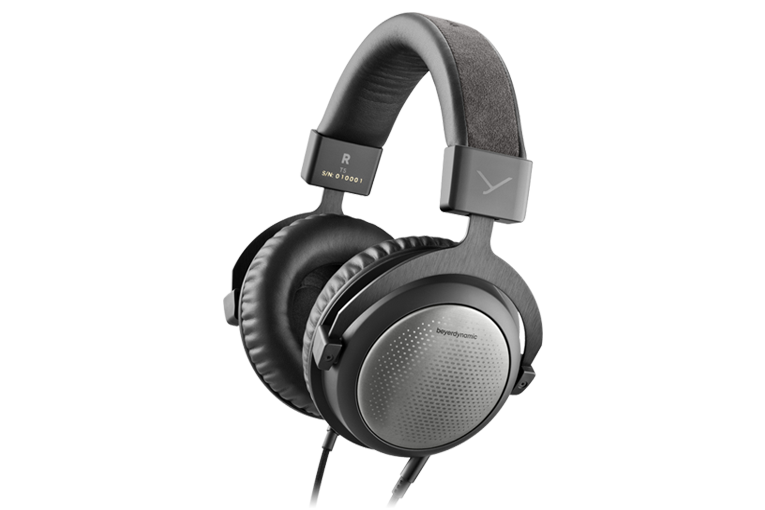
The earpads are especially nice, made from multiple layers of mushy stuff (including one of memory foam), and covered in protein-coated synthetic leather. The padded headband’s covered in the same stuff, with a strip of Alcantara synthetic suede across its top. But what’s perhaps the most unusual thing about the T5s’ construction is that they’re assembled by hand in Germany, from mostly German-manufactured parts.
The T5s are rated at 30-ohms impedance, with rated sensitivity of 100dB/1mW, so they should be easy for portable devices to drive.
In the box
The package includes the headphones and a 4.6' (1.4m) cable tipped in 1/8" (3.5mm) plugs on both ends, plus a 1/8"-to-1/4" adapter. If you need a balanced cable with a four-pin XLR connector, Beyerdynamic offers a 9.75' (3.0m) one for $145. A nice semi-hardshell travel case is also included.
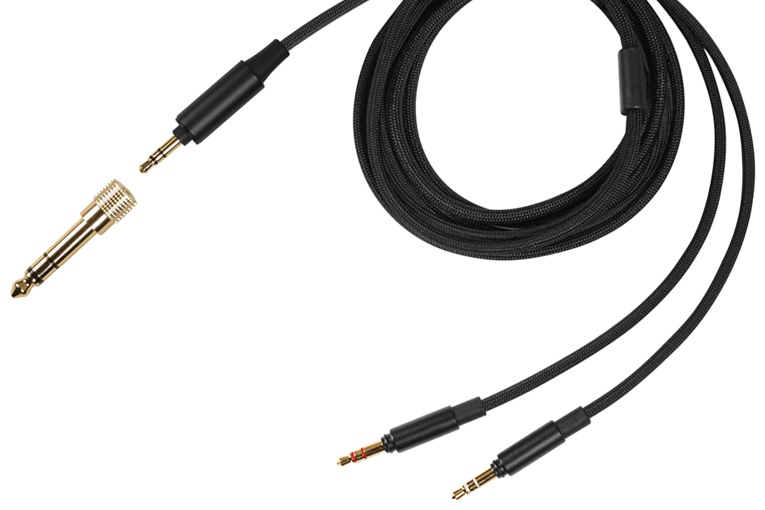
Use
At 0.76 pounds (352g) according to my scale, the T5s are relatively light for high-end audiophile headphones. Clamping force is a little tight, but the earpads are so plush and comfortable that I was able to use the T5s for a two-hour online jazz combo class and forgot I was wearing them until the class ended.
The T5s are, true to their specs, easy to drive. I found my Samsung Galaxy S9 phone could get them cranking loud with no hint of strain, and they easily got to comfortable volumes even with very conservatively mastered recordings.
Sound
Right on my first listen to the T5s, after giving them my requisite ten-hour break-in, I knew they were very good. I heard little coloration as I flipped through various tunes on my phone, and I ended up using them to monitor some jazz recordings and mixes I’m doing. After a couple of weeks of messing around and finding nothing to dislike, I settled down for some serious listening and comparisons.
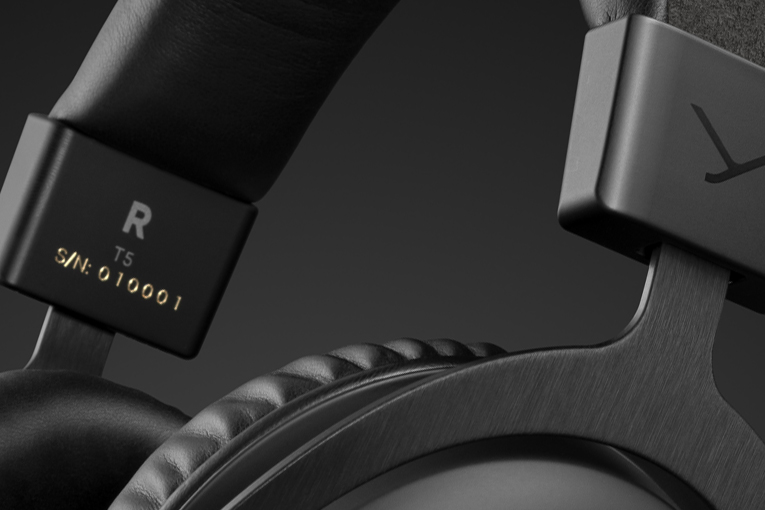
Diana Krall’s new recording of “But Beautiful” (This Dream of You, 24-bit/44.1kHz FLAC, Verve/Qobuz) is practically everything I could want from a piece of music: one of my favorite jazz standards, a flawless recording and mix, a gorgeous arrangement, and drum kit as well as double bass and guitar performances that are virtuosic yet packed with personality. It’s all topped off with what I think may be Krall’s best vocal performance to date: a breathy, intimate, expressive take with none of that subtle grunting sound with which she sometimes finishes a line. Just try to hate it. I dare you.
I listened to “But Beautiful” over and over with the T5s and several other high-end headphones I had on hand, and I found much to love and not a thing to complain about. The balance of bass to mids to treble seemed just about perfect, and bassist John Clayton (whose sound, because of his ubiquity, all jazz fans know pretty well) had that completely straightforward, nice-but-not-really-distinctive tone that’s part of the reason he’s so popular.
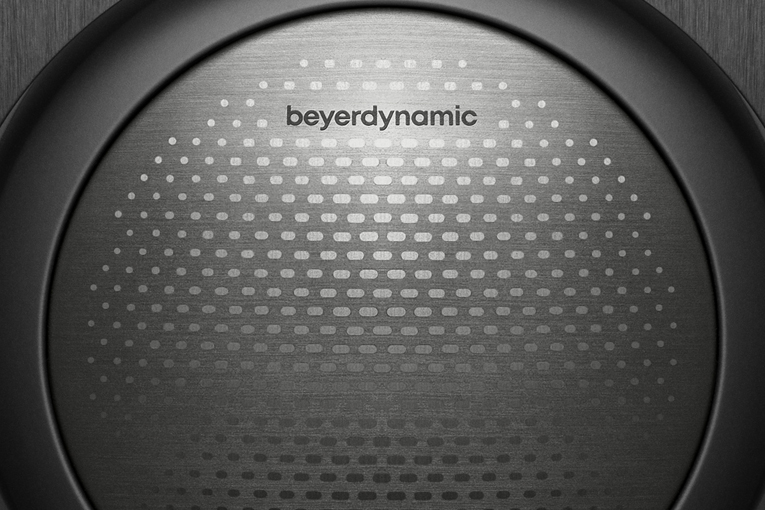
Besides the natural, uncolored sound of the vocals, I especially loved the way the strings stretched all the way across the soundstage, and the way the T5s captured the size and space of the big studio (which had to be pretty big to hold 21 string players and a conductor). I don’t know how exactly the strings were miked and mixed, but I got a realistic sense that I was at the conductor’s podium.
Another new release that’s just as extraordinary, but for entirely different reasons, is Alicia Keys’s Alicia (24/44.1 FLAC, RCA/Qobuz). Her song “Time Machine” is like the opposite of Krall’s recording. The tune’s credits list seven recording engineers, three composer-lyricists, one keyboardist, and precisely one acoustic instrument: a sitar that appears in the background of the intro. But sonically, it’s perhaps just as complex as “But Beautiful,” with all sorts of keyboard and percussion sounds percolating around Keys’s voice.
I was especially impressed by the T5s’ reproduction of Keys’s voice, which sounded full and clear, with no sibilance at all, no chestiness, and no edge. It’s exceptionally rare to hear headphones (or any audio device, really) get voice reproduction so right. Keys is a contemporary R&B artist, so you have to expect some deep bass hits, and on this tune, they’re deep -- but the T5s reproduced them cleanly with no bloat.
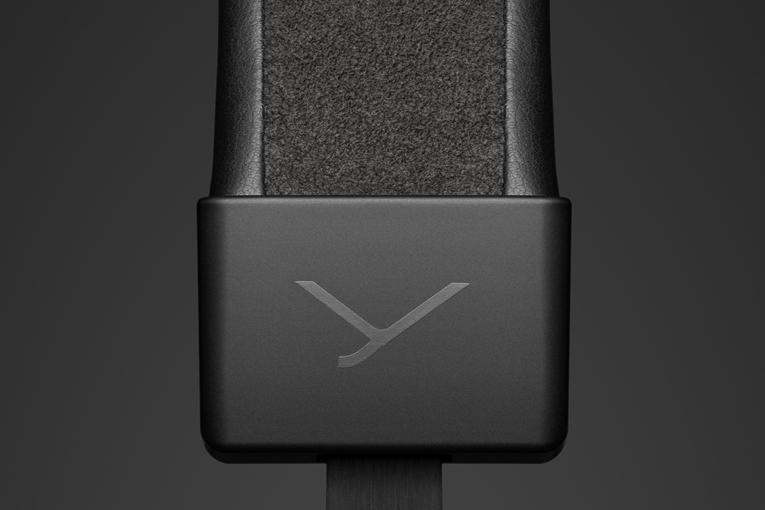
Led Zeppelin’s “The Ocean” (Houses of the Holy, 24/96 FLAC, Atlantic/Qobuz) is about as far from the Krall and Keys recordings as you could get, but the T5s worked great for this tune, too -- or at least as great as any other headphones I had. I love Zep’s music, but I’ve never been crazy about the recordings; this 2014 remaster focuses heavily on the guitars and vocals, and it really needs more bass and more body in the snare drum. Based on what I heard from several other headphones I compared the T5s with (more on that shortly), the T5s seemed to get the balance as it should be, and I couldn’t note any colorations in the voice. In fact, Robert Plant’s vocals sounded as clean and clear as I can ever remember hearing them sound.
Comparison
I compared the T5s with lots of other headphones, mostly high-end open-back models (I didn’t have a high-end closed-back model on hand). These include the Beyerdynamic T1s ($999) and Amiron Homes ($599), the Audeze LCD-Xes (originally $1699, now $1199) outfitted with Dekoni Choice Suede earpads, the HiFiMan Sundaras ($499), and the AKG K371s ($149).
Overall, the T5s were my favorite of all these headphones, mainly because they sounded the most balanced. For example (and sticking with this review’s theme of extremely complex productions), all of them sounded good on the Seals & Crofts classic “Summer Breeze,” but I felt the T5s delivered the most neutral presentation, neither coloring the instrumental and vocal sounds nor elevating any element of the mix above any of the others.
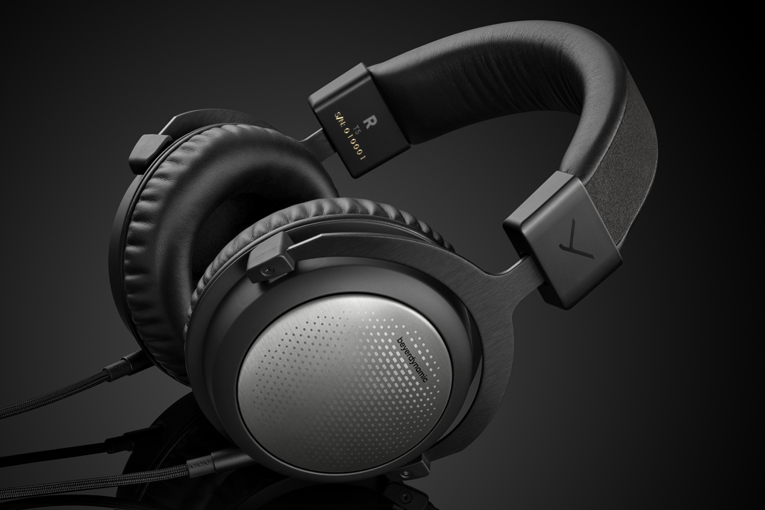
Because the T5s had no discernible (to me, at least) treble boost, they didn’t highlight the details in instruments like cymbals and acoustic guitar the way the Amiron Homes did, for example, nor did they add the exciting but somewhat artificial vividness that the LCD-Xes added. But the T5s didn’t bury the details, either, and they never sounded thin the way almost all subjectively hyper-detailed headphones do. In fact, the T5s could reproduce the different elements of “Summer Breeze” far better than my ears could catch them. Here’s what I picked out, by the way: piano, toy piano, acoustic guitar, electric guitar, violin (I think), clarinet, saxophone, woodblocks, drum kit, and bass, plus the vocals. (And I think there’s some “mystery instrument” blended with the woodwinds that I can’t pick out.)
Conclusion
Unfortunately, while I didn’t have the chance to compare the Beyerdynamic T5 headphones with any high-end closed-back models, they sounded so great and so flawless that I have to think they rank up there with the best. They’re also as comfortable as anything else on the market, and as easy to drive as mass-market headphones. And they include the one accessory I really like to have with high-end headphones: a nice travel case. At $999, that makes the T5s a pretty great deal.
. . . Brent Butterworth
Associated Equipment
- Amplifier -- Schiit Magnius
- DAC-amplifier -- AudioQuest DragonFly Cobalt
- Smartphone -- Samsung Galaxy S9
Beyerdynamic T5 (3rd Generation) Headphones
Price: $999 USD.
Warranty: Two years, limited.
Beyerdynamic, Inc. USA
56 Central Avenue
Farmingdale, NY 11735
Phone: (631) 293-3200
Fax: (631) 293-3288
E-mail:
Website: www.beyerdynamic-usa.com







